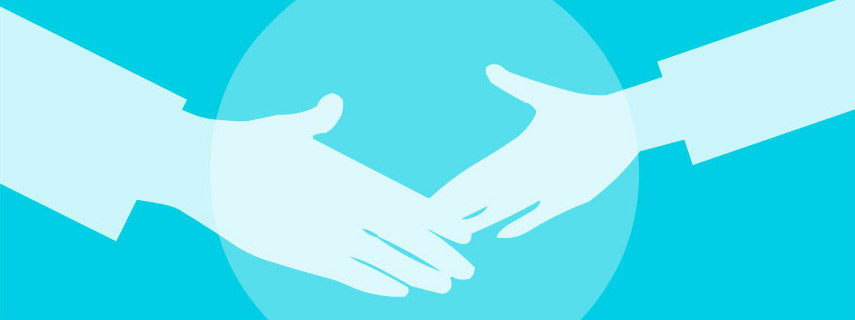“Gas leak on platform. Red helicopter deck. Work permit for three persons in the area. Several detectors triggered. General alarm activated. All personnel mustered in lifeboats, except the three persons mentioned. Resources underway.”
The initial dispatch to the 2nd line emergency response manager is short and concise, and leaves no room for doubt: The emergency response team must be mobilised immediately. As well as the search and rescue (SAR) helicopter at the Joint Rescue Coordination Centre and other SAR’s in the vicinity, and a whole range of supportive resources.
“Three persons found, severely hypothermic. Two persons in the task team complain about respiratory problems. Remaining personnel mustered in lifeboats. Resources underway.”
As soon as the emergency response team is in place, and the most important initial actions taken, the emergency response manager decides to go ahead with the first meeting.
The entire process is based on proactive methodology.
Proactive methodology in practice
In the initial stages of an incident, the window of opportunity is wide open. At the same time, there is little information available. The question is: Should I push the big, red button and muster all resources? Or: Should I wait and see how things develop – and risk having too few resources in place, too late?
The principles of proactivity give clear guidance:
- The principle of certainty-uncertainty: If uncertain about whether resources should be mobilised or not, you are in reality certain that it should be done.
- The principle of moderate overreaction: You should mobilise as many resources as to be sure of an overcapacity, to avoid the risk of undersizing the effort.
- The principle of first information: You should always aim to be the first provider of information about the emergency situation. And the information provided must be correct.
What is the worst case scenario implied in the dispatch? What is the potential outcome to people, the environment and material assets? What do we do? What does the plan look like? And what about other factors, such as weather conditions and forecasts?
Long-term investment
Emergency response manager Geir Haakonsen usually has a well-trained team at his disposal. On November 1st, a team of master’s degree students of societal safety at the University of Stavanger had a go at handling an emergency situation.
Afterwards, Haakonsen’s colleague, emergency response manager Magnus Klem Huseby, presented the findings from a similar exercise —based on the same scenario — a few days earlier.
OFFB has gradually built a long tradition of inviting students from the University of Stavanger, to demonstrate and explain how an emergency response organisation thinks and acts. Managing director Ole Jacob Haug acknowledges the great value of imparting insights to the crisis handlers of the future, by showing how theoretical knowledge can be put into practice inside the emergency room.
“We believe young academics can help us develop, and contribute to our continuous improvement. They visit us and get a glimpse of how we work. They observe and write papers and articles, which help us to advance as an organisation. As such, we see this as a long-term investment,” says Haug.












